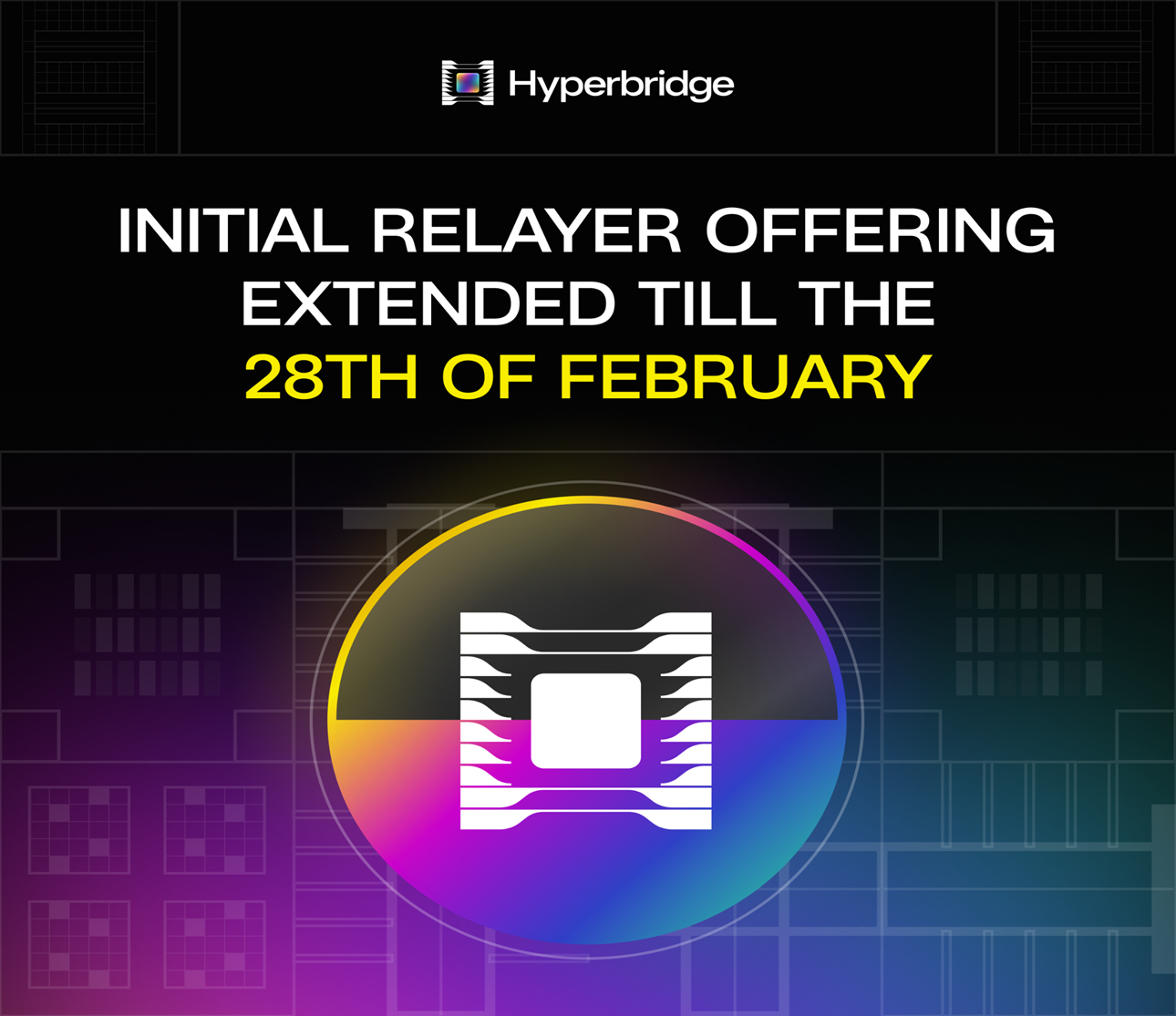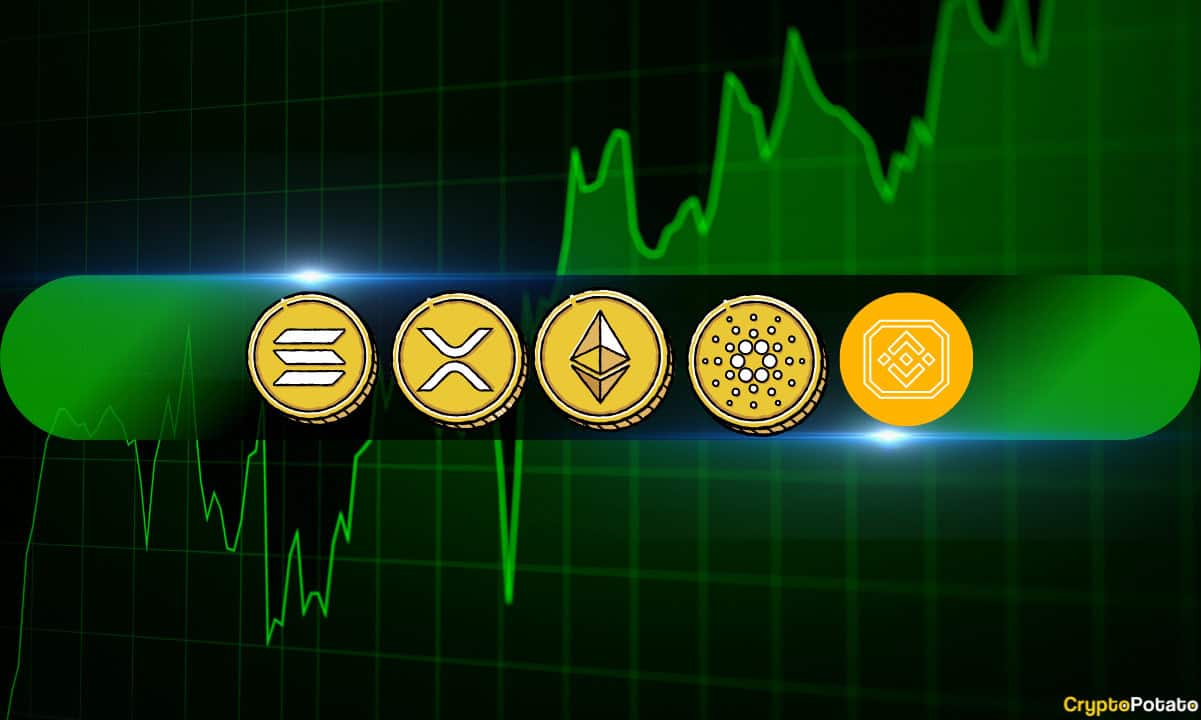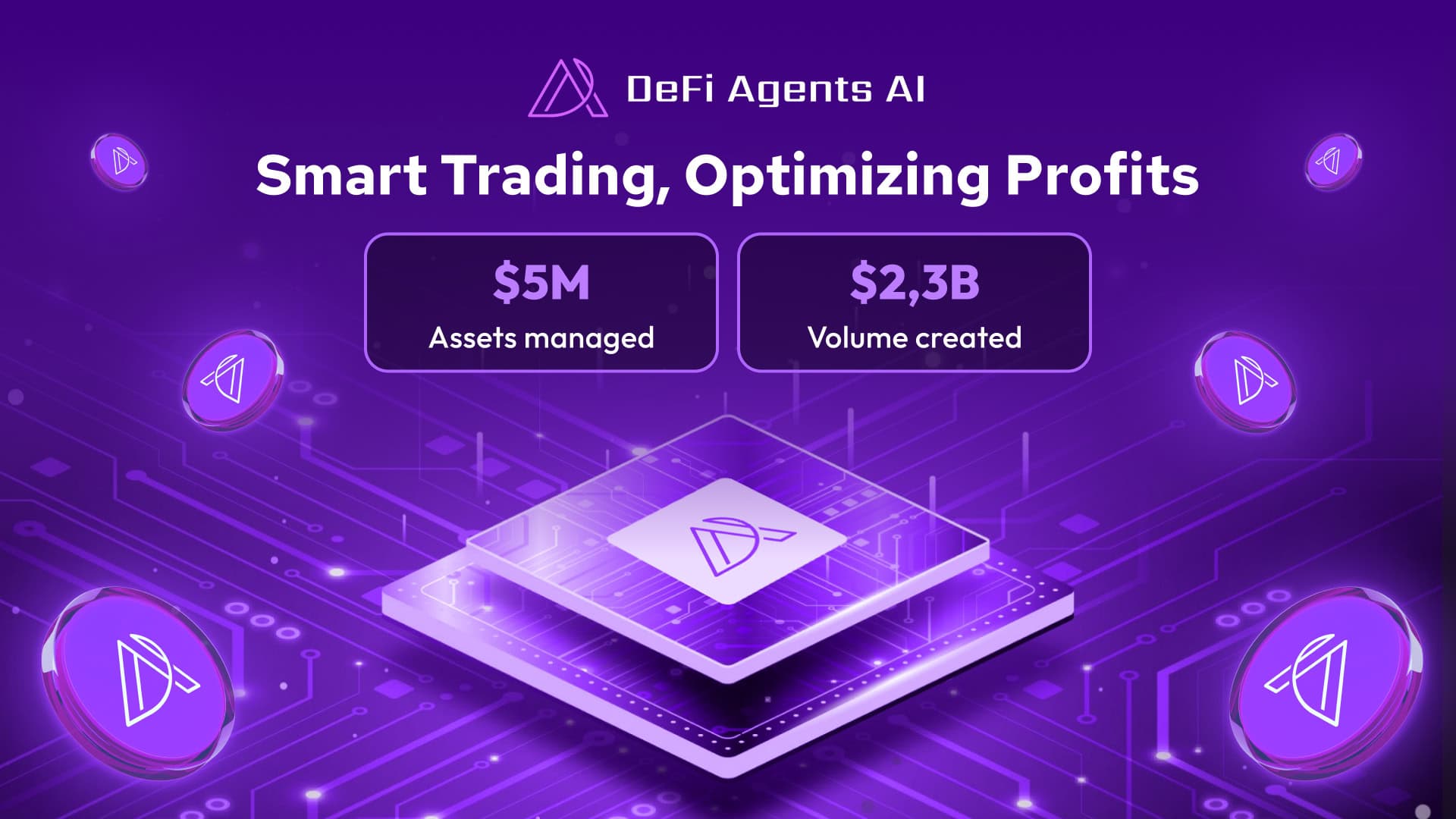Smart contracts are a pivotal component of every Web3 application. They facilitate decentralized finance, blockchain gaming, real estate, supply chain management, virtual land deals in the metaverse, and much more. They are the secret sauce that makes Web3 click, enabling it to support transactions between independent parties without any middlemen.
Without smart contracts, Web3 simply couldn’t exist. However, the methods for deploying them remain complex and challenging, even for experienced developers. This is considered a major impediment to Web3’s growth, and there’s an urgent need for the process to be simplified.
The role of smart contracts
Smart contracts are digital agreements that automatically trigger blockchain actions when specified conditions are met. For developers, they’re a key tool that enables them to build sophisticated applications, automating their financial agreements and processes.
Because they’re deployed on public blockchains, smart contracts are fully transparent and offer heightened security. By making the code public, no one can alter the terms of a smart contract once it has been deployed, so users can have full confidence that it’ll work as proscribed. This transparency also makes it simple for anyone to validate transactions, increasing trust among users and reducing the opportunities for fraud.
The hassles of smart contract deployment
Most smart contracts are written in Solidity, which is a blockchain-specific programming language, so developers must be proficient in this. Writing smart contracts in Solidity is a tricky business, with developers required to define their objectives with clarity and precision, establish their purpose and goals, determine their scope and limitations, and identify the necessary functions and features required to achieve all of this.
Other technical requirements include defining the data structure and variables, creating the necessary logic and algorithms, testing, and debugging.
Only after navigating all of these challenges will the developer be ready to deploy their smart contracts, and this can be just as arduous.
Throughout each stage of the deployment, developers must pay careful attention to detail to ensure that their smart contracts are activated securely and function as intended. One of the key steps involves defining the deployment parameters, which include setting the gas limits and fees. For smart contacts intended for enterprise use, developers will likely want to deploy on a test net, first of all, to verify they function as intended.
Monitoring the smart contract’s performance is essential too, as coding errors can have a negative impact on their efficiency and security. By instituting real-time alerts, developers will be able to receive updates to any issues and ensure a smooth experience for smart contract users.
Smart contracts must be deployed carefully to ensure their reliability and security, and this means that thorough testing is also required. It’s recommended to implement a test-driven development approach using tools such as Remix and Truffle, which can help to simulate various transaction loads in different scenarios. For instance, developers need to perform unit tests, integration tests and system tests prior to deployment, while third-party audits can further minimize risks.
The biggest challenge in terms of deployment is the migration from a development environment to a blockchain network. In addition, network congestion may delay the deployment process and increase the costs. Version control is also essential to avoid any discrepancies between different smart contract versions, and developers must create a timely update process to quickly fix any vulnerabilities or errors discovered later.
Another challenge pertains to the high gas costs associated with certain blockchain platforms, such as Ethereum. While this doesn’t matter so much in low-cost networks, inefficient transaction code can result in substantially increased gas costs, meaning higher operational expenses. Developers can get around this by optimizing their code so it uses fewer computational resources, for instance by reducing storage variables and minimizing loops.
Developers must also be aware of blockchain scalability issues, which can make it very difficult to maintain optimal smart contract functionality, hindering their performance when the network is experiencing high transaction volumes.
Reducing the complexity
Fortunately, there are some newer blockchain networks that attempt to streamline the smart contract deployment process and make life as simple as possible for developers. For AI developers, one of the most promising options is OG, formerly a modular blockchain network that’s since pivoted to become a Decentralized AI Operating System.
The OG Chain uses blockchain technology to coordinate decentralized resources for AI, including computing, storage, and data availability. It’s a direct response to the rise of centralized AI systems that lack transparency in terms of their users’ data. One of the main benefits of OG is its flexible design, which allows for the major components of its platform – storage, computing, data accessibility, and AI model hosting – to be easily integrated with any decentralized application.
The other advantage of OG Chain is its simplified smart contact deployment process. As an EVM-compatible network, the process of deploying smart contracts on OG is the same as it is on any other EVM chain, with developers able to write code in Solidity and use familiar tools and processes.
Unlike other networks, OG offers a user-friendly interface that walks developers through each stage of deployment, ensuring smart contracts can be activated much faster. It breaks things down to a few easy steps
To get started, developers can use Solc or another compatible Solidity compiler to compile their smart contract code. OG then automatically generates the binary and Application Binary Interface or ABI for their smart contract, ready for deployment.
It’s then just a matter of using a tool such as web3.js., ether.js, or hardhat to commit their code to the OG Chain, via an OG Chain node or an RPC endpoint. To verify that the contract is deployed correctly, developers can perform a simple check using the OG Chain block explorer. With that tool, they’ll be able to bring up a basic overview of contract deployment data, including its public address, interaction histor,y and transaction status.
More time to innovate
If Web3 is to grow its presence and become mainstream, it needs more useful applications. But Web3 developers are in short supply, and so there’s an urgent need for them to become more productive.
OG Chain plays an important role in enabling this, making it easier than ever to deploy smart contracts. It provides developers with a streamlined workflow that minimizes the technical complexity involved in bringing their smart contracts online. By removing the hassles of deployment, OG allows developers to focus more on writing the code that defines their smart contracts, giving them more time to innovate and expand the possibilities of Web3.
Disclaimer: This article is provided for informational purposes only. It is not offered or intended to be used as legal, tax, investment, financial, or other advice.

 1 month ago
13
1 month ago
13









 English (US) ·
English (US) ·